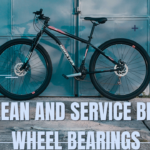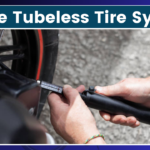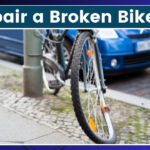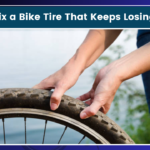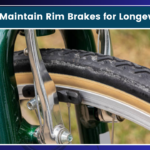Hey there, fellow cyclists! Today we’re diving into a topic that’s often overlooked but crucial for a smooth, efficient ride: bike chain maintenance. Whether you’re a weekend warrior or a daily commuter, taking care of your chain can make a world of difference. So, grab a cup of coffee (or your preferred beverage), and let’s get into it!
Why Chain Maintenance Matters
Before we jump into the nitty-gritty, let’s talk about why you should even bother with chain maintenance. Trust me, I used to be that guy who thought, “Eh, it’ll be fine,” until one day my chain snapped mid-ride. Not fun, especially when you’re miles from home!
A well-maintained chain:
- Improves shifting performance
- Reduces wear on your drivetrain components
- Increases overall efficiency (you’ll pedal-less for the same distance!)
- Prevents that annoying squeaking noise that makes you sound like a rusty Tin man
Alright, now that we’ve established why it’s important, let’s get our hands dirty (literally and figuratively).
The Basics: Cleaning Your Chain
First things first, we need to get that chain clean. You’d be surprised how much gunk can accumulate over time. Here’s a step-by-step guide:
- Grab your supplies: You’ll need a degreaser, an old toothbrush or chain cleaning tool, rags, and some water.
- Apply degreaser: If you’re using a chain cleaning tool, fill it with a degreaser and clamp it onto your chain. If not, just apply the degreaser directly to the chain.
- Scrub-a-dub-dub: Pedal backward (if using a tool) or use your toothbrush to work the degreaser into every nook and cranny. This is where the real magic happens!
- Rinse: Use clean water to wash away all that grimy degreaser. Your chain should be looking pretty spiffy by now.
- Dry thoroughly: Use a clean, lint-free rag to dry the chain. Moisture is the enemy here, folks!
Pro tip: If your chain is gunked up, you might want to remove it completely for a deep clean. Just make sure you know how to properly reinstall it!
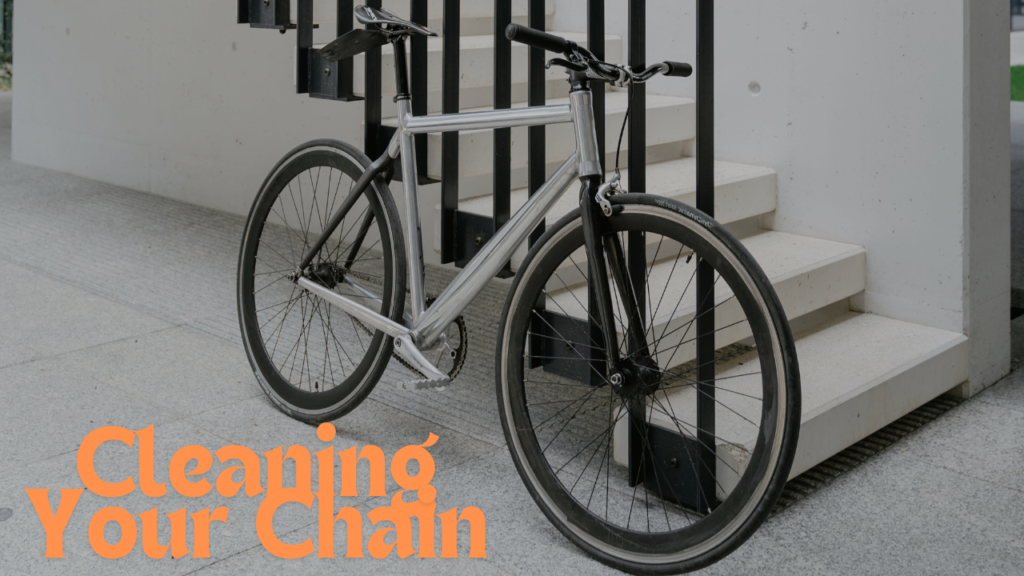
Lubrication
Now that your chain is clean and dry, it’s time for the most important step: lubrication. This is what keeps everything running smoothly and protects against wear and tear.
Choosing the right lube:
- Dry lube: Great for dry, dusty conditions. It doesn’t attract as much dirt but needs to be applied more frequently.
- Wet lube: Perfect for wet, muddy rides. It lasts longer but can get a bit messy.
- All-purpose lube: A good middle ground for most conditions.
I prefer an all-purpose lube for my daily rider. It’s just easier to deal with, you know?
Applying lube:
- Place a drop of lube on each roller (the part that sits between the chain plates).
- Slowly pedal backward to work the lube into the chain.
- Keep going until you’ve covered the entire chain.
- Let it sit for a few minutes to penetrate.
- Wipe off any excess with a clean rag. Less is more here – you don’t want a goopy mess attracting dirt!
Regular Maintenance
Alright, so you’ve cleaned and lubed your chain. Pat yourself on the back! But don’t think you’re done forever. Regular maintenance is key to keeping your chain happy.
Here’s a general schedule to follow:
- After every ride: Wipe down your chain with a clean, dry rag to remove surface dirt.
- Every 100-200 miles (or when it starts to sound noisy): Re-apply lube.
- Every 500-1000 miles: Give it a deep clean and re-lube.
Of course, these are just guidelines. If you’re riding in particularly harsh conditions (looking at you, muddy trail riders), you might need to clean more often.
Checking for Wear
Even with perfect maintenance, chains don’t last forever. Over time, they stretch and wear out, which can damage other parts of your drivetrain if left unchecked.
How to check for wear:
- Use a chain wear indicator tool (you can pick one up at any bike shop).
- If the tool shows significant wear (usually around 0.75% stretch), it’s time for a new chain.
- If you don’t have a tool, you can also measure 12 complete links with a ruler. If they measure more than 12 1/8 inches, your chain is worn.
Replacing a chain before it’s too worn can save you money in the long run by preventing damage to your cassette and chainrings.
Troubleshooting Common Issues
Sometimes, despite our best efforts, things don’t run as smoothly as we’d like. Here are some common chain issues and how to fix them:
- Skipping gears:
- Check for stiff links in your chain. Work them out by flexing the chain laterally.
- Make sure your derailleur is properly adjusted.
- If the problem persists, your chain or cassette might be worn out.
- Excessive noise:
- First, try cleaning and lubing your chain.
- Check for bent or damaged chain links.
- Ensure your chainring isn’t worn or bent.
- The chain keeps falling off:
- Check your chainring for bent or damaged teeth.
- Make sure your derailleur is properly aligned.
- Verify that your chain length is correct for your setup.
Advanced Tips for the Chain Enthusiast
If you’re getting into this whole chain maintenance thing (and who wouldn’t be?), here are some advanced tips to take your game to the next level:
Learn to replace your chain: It’s not as hard as you might think, and it’ll save you money in the long run.
Use an ultrasonic cleaner: These devices use high-frequency sound waves to clean your chain more thoroughly than you ever could by hand. It’s like a spa day for your chain!
Wax your chain: Some cyclists swear by waxing their chains instead of using traditional lube. It’s a bit more involved, but it can result in an incredibly clean and efficient drivetrain.
Keep a maintenance log: Track when you clean and lube your chain, and how many miles you’ve ridden. This can help you optimize your maintenance schedule.

Wrapping It Up
Well, folks, we’ve covered a lot of ground today. From basic cleaning to advanced waxing techniques, you’re now armed with the knowledge to keep your bike chain in tip-top shape. Remember, a little bit of regular maintenance goes a long way in extending the life of your components and making your rides more enjoyable.
Now, if you’ll excuse me, all this talk about bike maintenance has me itching to go for a ride. Maybe I’ll see you out there on the roads or trails!
Before I go, here’s a quick recap of the points:
- Clean your chain regularly
- Use the right lube for your conditions
- Stick to a maintenance schedule
- Check for wear and replace when necessary
- Address issues promptly to prevent bigger problems
Happy riding, and may your chains always be clean and your gears shift smoothly!

